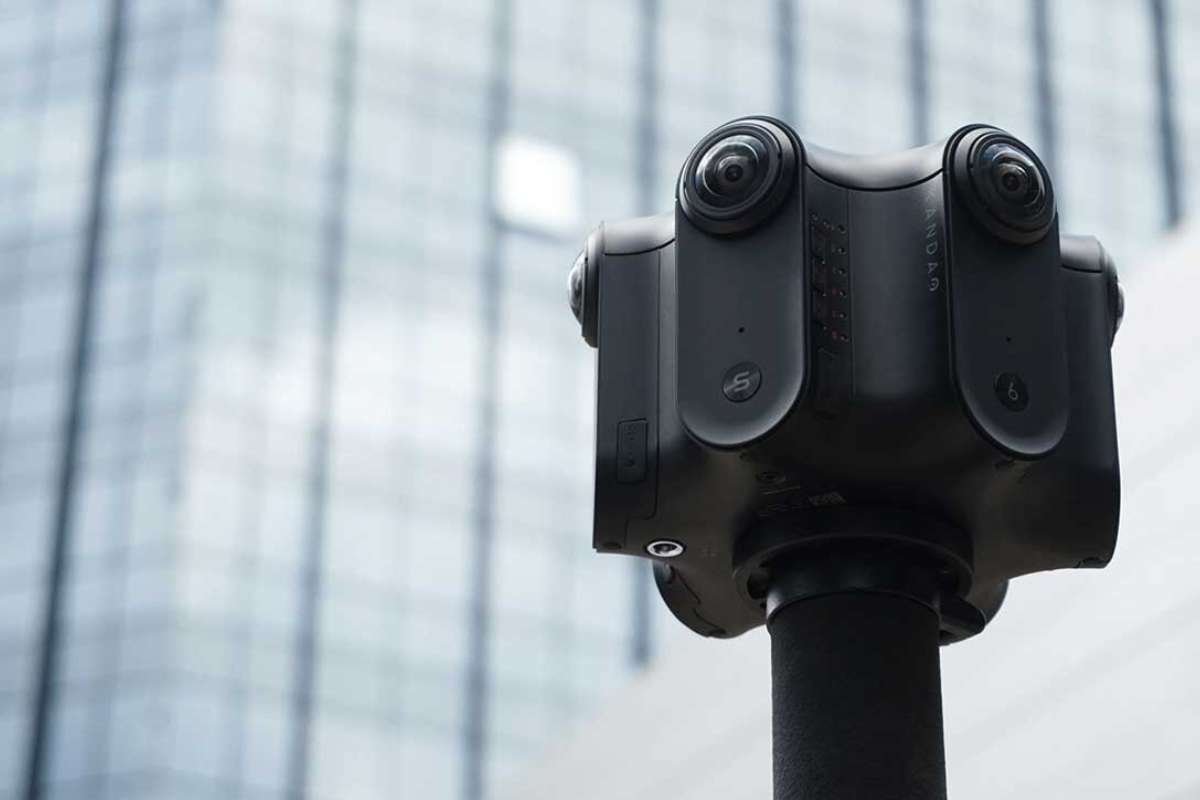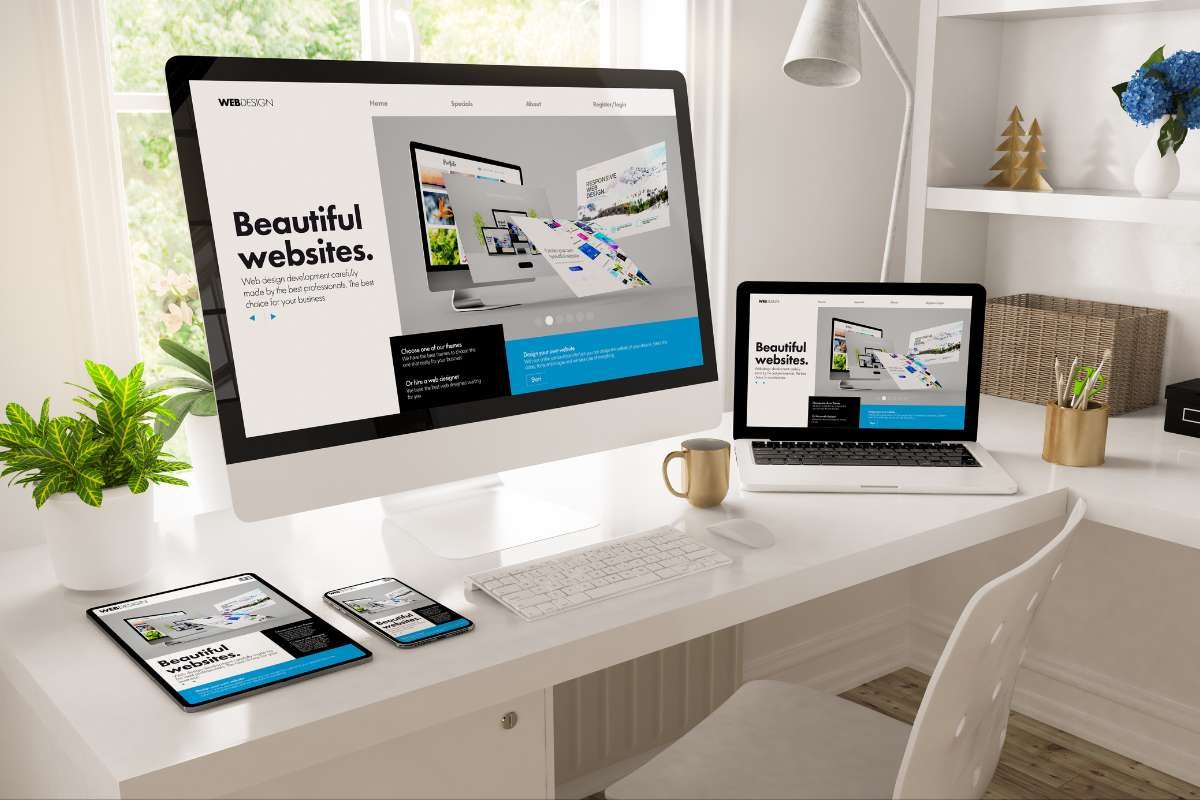Research shows that 360-degree videos often retain viewers’ attention significantly longer than traditional video formats. 360-degree video production offers an interactive experience, allowing audiences to explore every angle within a scene as if they were physically present.
This approach to video is becoming increasingly popular among businesses, content creators, and educators who aim to create memorable, engaging experiences. But how does 360-degree video production work, and what benefits does it offer? In this article, we’ll cover the essentials, from the production process to best practices, for creating effective 360-degree videos that resonate with viewers.
What is 360-degree Video Production?

360-degree video production involves capturing a full panoramic view of a location or scene, allowing viewers to explore every angle within a video. Unlike traditional videos, which have a fixed frame, a 360-degree video lets users look in any direction they choose, either by dragging their mouse across the screen, moving their mobile device, or using VR headsets for a fully immersive experience.
The videos are shot with specialized cameras equipped with multiple lenses, which simultaneously capture views from all directions. These individual shots are then “stitched” together using editing software, creating a seamless viewing experience.
Why is 360-Degree Video Production Popular?
1. Immersive Experience
360-degree videos offer viewers an experience that feels as though they are physically present within the scene. This sense of immersion is invaluable for brands in the tourism, real estate, and education sectors, as it provides potential clients with an authentic glimpse into locations or products.
2. Engagement
Engagement rates are higher for 360-degree videos compared to traditional videos. According to research, users spend more time viewing 360-degree videos, increasing brand exposure and retention. For marketers, this makes 360-degree video production an excellent tool for captivating audiences and holding their attention.
3. Versatility Across Industries
From virtual tours in real estate to enhanced product showcases in retail, 360-degree video production offers versatility that suits various industries. It has applications in fields such as healthcare, where it aids in training simulations, and in entertainment, offering fans a new way to interact with content.
Benefits of 360-Degree Video Production for Businesses

1. Enhanced User Experience
The ability to view content from any angle increases viewer engagement by allowing users to interact directly with the video. This heightened interaction encourages longer watch times, which improves the video’s ranking on platforms like YouTube and Facebook. Moreover, interactive experiences often increase customer loyalty, as users appreciate having control over how they consume content.
2. Improved Brand Awareness
With their visually compelling format, 360-degree videos attract more attention, which is crucial in crowded digital spaces. This content type is also highly shareable, leading to organic reach and greater brand exposure.
3. Better Customer Education
Complex information can be simplified through 360-degree video production. Businesses in fields like automotive, machinery, or home improvement can offer virtual demonstrations, guiding customers through intricate details and functions. This immersive experience aids in decision-making, potentially boosting conversions.
4. A Competitive Edge
Incorporating 360-degree videos gives businesses a competitive advantage, especially in industries that haven’t widely adopted the technology yet. Early adopters benefit from setting themselves apart and appealing to customers who value innovation and forward-thinking brands.
Steps in 360-Degree Video Production
1. Planning
The first step is to outline your goals for the video. Identify the audience, the intended message, and the desired viewer interactions. Remember, 360-degree videos allow viewers to look in every direction, so every detail in the environment needs to be carefully curated.
2. Equipment Selection
360-degree video production requires specialized equipment. Cameras such as the GoPro Fusion, Insta360, and Ricoh Theta are popular for their ability to capture high-quality panoramic views. For professional-grade content, some producers may choose multi-camera rigs with higher-resolution outputs.
3. Capturing the Video
In 360-degree video production, the camera setup and positioning are crucial. Since the camera captures in all directions, there’s no place for crew members to hide. Some shoots utilize drones to capture footage from unique angles. However, it’s essential to remember that lighting and stability play significant roles in producing high-quality visuals.
4. Stitching and Editing
After capturing the video, the next step is to stitch together the footage from each lens. Most 360-degree cameras come with stitching software, but additional editing software, like Adobe Premiere Pro or Final Cut Pro, can add a professional polish. This step includes color correction, audio adjustments, and sometimes overlaying graphics or text for additional context.
5. Publishing
Once the video is ready, it’s time to publish. Platforms like YouTube and Facebook support 360-degree videos, allowing viewers to navigate the content easily. VR platforms can also enhance the experience, making the content available on Oculus, HTC Vive, and Google Cardboard for immersive viewing.
Practical Tips for Effective 360-Degree Video Production

| Tip | Description | Benefit |
|---|---|---|
| Use Tripods and Stabilization | Stabilize your camera with a tripod or rig. | Ensures smooth and professional footage. |
| Be Mindful of Lighting | Use natural light; if using artificial, distribute it evenly. | Prevents unwanted shadows and enhances quality. |
| Keep the Environment Controlled | Select a clutter-free shooting space. | Reduces distractions and keeps viewers engaged. |
| Guide Your Viewers | Incorporate visual cues or a narrator. | Helps viewers orient themselves and highlights key points. |
| Optimize for Different Platforms | Tailor videos for specific platforms (e.g., YouTube vs. Facebook). | Improves accessibility and viewer experience. |
Challenges in 360-degree Video Production
Despite its advantages, 360-degree video production has its challenges. For starters, the cost can be high, particularly for businesses seeking top-notch quality. Additionally, because of the immersive nature of the videos, user expectations for quality are often high, putting pressure on creators to deliver flawless content. Lastly, data processing can be time-consuming, as editing and rendering a 360-degree video requires substantial computing power.
However, as technology develops and costs decrease, these challenges will likely lessen. Many companies are now offering rental equipment and affordable editing services, making 360-degree video production more accessible to a wider range of businesses.
Final Thoughts
The development of 360-degree video production is revolutionizing audience engagement. This innovative technique is not only effective in capturing one’s attention but also provides an opportunity for the consumers of content to interact with it in every possible way.
Regardless of the industry, be it real estate, or imparting knowledge in a classroom, this technology has the potential to transform the scope of operations. Of course, there is a learning curve and some initial investment, but making unique interactive memories is never a wasted opportunity.


















